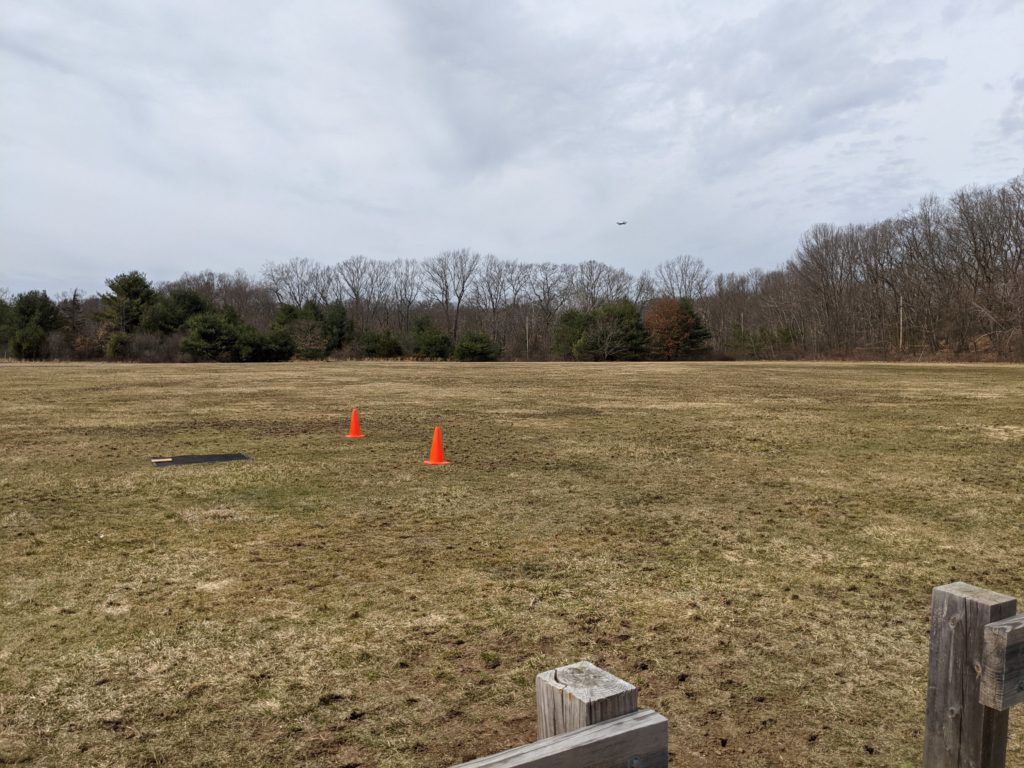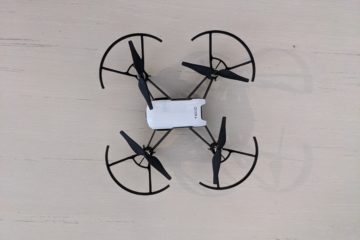The Lesson
The weather is finally warming up and I reached the limits of what I could do with my little DJI Tello, so I just finally got to take the drone lesson my lovely family gave me for my birthday. I ended signing up with UAV Coach and taking the lesson with Brad Pierce in Shrewsbury as the instructor (who was fantastic). Before I get into what I learned, I will say it was fantastic and well worth the cost. I went in thinking I’d learn one set of things (which I did) but as it turned out, there was a whole set of questions I didn’t even know to ask.
The lesson involved two main parts, a preliminary run through that lasted maybe 30 minutes of everything a newbie to drone flying would want to know (I had previously filled out a form indicating what I wanted out of the lesson) and then we flew 3 batteries worth on the instructor’s DJI Phantom 4. This all took place in field that is used by hobbyist flyers.

What I learned
There were a great number of subjects covered I hadn’t considered. A major one for me was simply the terminology when flying the drone. I learned nose out, nose in, nose left and nose right, all ways of describing the orientation of the drone relative to the pilot. I learned how to succinctly talk about the steering using phrases like “right stick push” and “left stick left”. I even learned what yaw means.
Going through the preflight checklist was also very illuminating. The preflight checklist had always made sense to me, but actually going through it and having the why of everything explained to me made it much more real. While this really didn’t matter with the DJI Tello I had been messing around with, the “real” drones have a lot more going on to be aware of. Creating a preflight checklist is going to be the first thing I focus on with my new drone.
There were a number of things actually flying that were also very different then my Tello. For starters, the drone gets a LOT further away from you and becomes harder to see. Depth perception plays tricks with you. You can’t tell what direction the drone is facing. The stick controls are a lot more sensitive and you aren’t just jamming them in a direction anymore. How do I handle ATTI mode in an emergency? The lesson was worth it simply to get this practical hands on experience with all of these maneuvers with someone experienced there to guide me. That said I 100% recommend going the path I did and buying a toy drone first. It absolutely helped me understand orientation better then I otherwise would have.
I also learned about liability insurance and the AMA. I will definitely be signing up for a membership there as well and looking into some of their club sites. They also have a great safety code to help remember the best practices while flying.
Finally, I learned a lot of best practices as a drone pilot. When I start flying there are a whole list of various tidbits I have to get used to doing:
- Keeping a flight log
- Keeping a maintenance log
- Being fastidious about my preflight checklist
- Reaching out to locations ahead of time when I fly
- Caring for the batteries
What’s Next?
Well, the lesson gave me the confidence to actually order myself a drone. In the next week or so, my DJI Mavic Air 2 will be arriving. Thanks to some great feedback from my instructor, I passed on the smart controller and just bought an Ipad mini to avoid issues with 3rd party apps and the lack of cellular data. I am excited to actually get going when it arrives and will be sure to write up the setup process!


